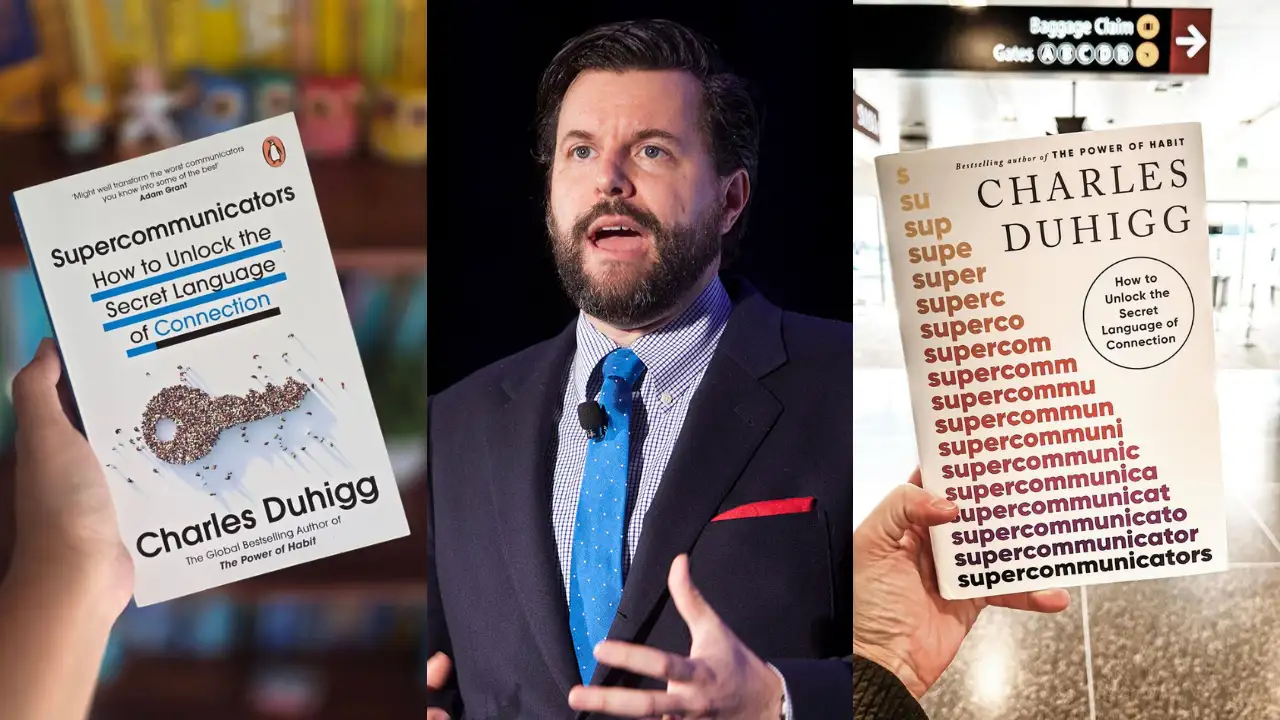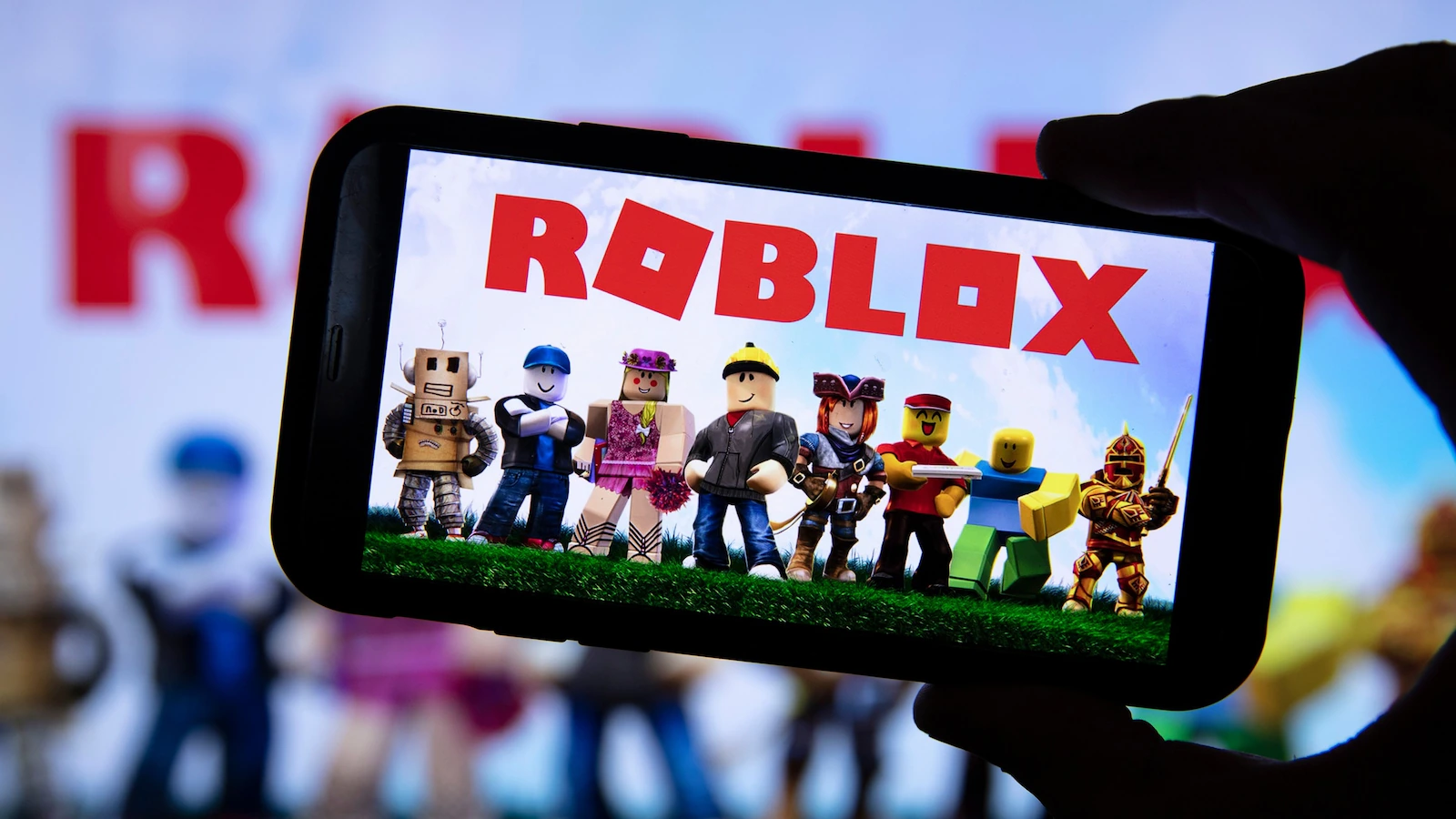Copyright timesnownews

Some people make conversation seem effortless. Others struggle to be heard or understood. In 'Supercommunicators', Pulitzer Prize-winning author Charles Duhigg uncovers what separates the two. Known for 'The Power of Habit', Duhigg now explores communication, the skill that defines relationships, success, and empathy. Drawing from neuroscience, psychology, and storytelling, he shows that connection is not magic but method. The book’s central idea is simple yet transformative: good talkers speak clearly, but great communicators make others feel seen, safe, and understood.,Also Read: 10 Lessons to Learn from The Book 'The Let Them Theory' by Mel Robbins,1. Every Conversation Happens on Three Levels,,According to Duhigg, every interaction unfolds across three planes: practical, emotional, and social. Most conflicts arise when people speak on different levels without realising it. For instance, one person might discuss logistics while another seeks reassurance. Supercommunicators first identify what level a conversation sits on, then align their responses accordingly. By doing so, they turn confusion into clarity and small talk into real understanding. The secret is not volume but awareness, knowing which conversation is truly being had beneath the words.,2. Listening Is the Most Active Part of Communication,Listening, Duhigg argues, is not about silence but participation. Supercommunicators listen to understand, not to reply. They paraphrase, ask gentle follow-up questions, and reflect emotions through tone and body language. Neuroscientific research shows that active listening produces oxytocin—the “connection hormone” which builds trust and empathy. By responding with attention and curiosity, listeners transform dialogue into safety. The best communicators create a feeling of “I hear you” rather than “I’m waiting for my turn.” Listening is the foundation of all influence.,3. Curiosity Keeps Conversations Alive,Curiosity, Duhigg says, is the antidote to judgment. Instead of assuming motives, great communicators approach others with genuine interest. They ask open questions that invite stories instead of statements: “What made you feel that way?” or “Can you walk me through that?” This openness lowers defences and creates a connection. When people sense authentic curiosity, they naturally mirror it, deepening the exchange. Curiosity transforms conversation from persuasion into discovery. It makes people feel valued not for their answers, but for their experiences.,4. Vulnerability Is the Gateway to Authenticity,True communication thrives on honesty. Duhigg shows that sharing vulnerability, whether through admitting uncertainty, emotion, or personal history, invites genuine connection. When we reveal our humanity, others instinctively trust us more. This is not about oversharing; it is about matching emotional openness with the moment. Vulnerability signals safety, not weakness. It tells the other person, “You don’t have to perform here.” Supercommunicators use vulnerability deliberately, breaking through guardedness and turning ordinary exchanges into moments of real emotional honesty and understanding.,5. Emotional Alignment Matters More Than Perfect Words,The best conversations depend less on vocabulary and more on emotional synchrony. Duhigg explains that humans subconsciously mirror one another’s tone and energy. When we align emotionally through nods, pauses, and empathetic expression, we foster trust. People rarely remember exact phrasing, but they always remember how you made them feel. Matching emotional pace shows that you are present, not performing. Supercommunicators know that empathy is not about agreeing with someone’s view but aligning with their emotional truth in that moment.,6. Disagreement Doesn’t Mean Disconnection,Conflict, Duhigg argues, is not communication failure, it is proof that communication matters. The difference lies in how disagreement is managed. Supercommunicators separate facts from feelings and curiosity from confrontation. Instead of reacting with “You’re wrong,” they ask, “Help me understand your point.” This reframe keeps the discussion open while preserving respect. Productive conflict strengthens trust because it acknowledges difference without contempt. When handled with empathy, disagreement becomes a bridge, not a wall—a way to learn rather than to win.,7. Connection Begins Before Words,Before anyone speaks, a connection is already forming. Duhigg notes that body language, eye contact, and facial micro-expressions often determine whether a conversation will feel safe or strained. Leaning slightly forward, maintaining relaxed posture, and mirroring openness communicate attentiveness long before words arrive. Supercommunicators manage presence as carefully as dialogue, ensuring the atmosphere encourages honesty. Non-verbal cues set the tone for trust, signalling warmth and interest. In short, people decide whether to listen to you before you even speak.,8. Every Talk Has a Hidden Conversation,Beneath every discussion lies an unspoken emotional current. A talk about chores may really be about fairness; a debate at work may hide feelings of respect or insecurity. Duhigg teaches readers to look for these subtexts and name them gently. “I sense this might be about something deeper—am I right?” is a question that unlocks authenticity. The goal is not to expose but to understand. Recognising hidden conversations turns tension into transparency and transforms surface dialogue into emotional truth.,9. Technology Hasn’t Killed Communication,Duhigg rejects the idea that texting or video calls have made communication meaningless. The medium may have changed, but connection remains a matter of intent. Whether it’s a quick message or a virtual meeting, what counts is empathy, clarity, and tone. Great communicators adapt: they use emojis, pauses, and thoughtful phrasing to convey nuance online. Digital tools amplify communication problems only when used without awareness. When used mindfully, technology extends the reach of empathy rather than diminishing it.,10. Communication Is a Skill You Can Practise,,Perhaps the most empowering idea in 'Supercommunicators' is that no one is born a great talker. Communication, like any habit, can be learned. Duhigg outlines small, daily exercises summarising what others say, pausing before responding, or asking clarifying questions that strengthen conversational intelligence. Over time, these actions reshape instinct. Supercommunicators are not naturally gifted; they are consistent learners. Mastering communication is not about changing your personality but training your attention to move from reacting to truly connecting.,Also Read: 10 Lessons to Learn from 'The Art of Spending Money' by Morgan Housel,Charles Duhigg’s 'Supercommunicators' is not a book about talking; it is about transforming the act of conversation into a conscious, human art. It reminds readers that true communication begins with humility, curiosity, and courage. In a noisy world where everyone wants to be heard, the real power belongs to those who listen with purpose and respond with care. In the end, Duhigg’s message is beautifully simple: conversation is not a skill for extroverts but a tool for empathy. The people who change relationships, organisations, and even history are not those who speak the loudest, but those who understand the deepest.



